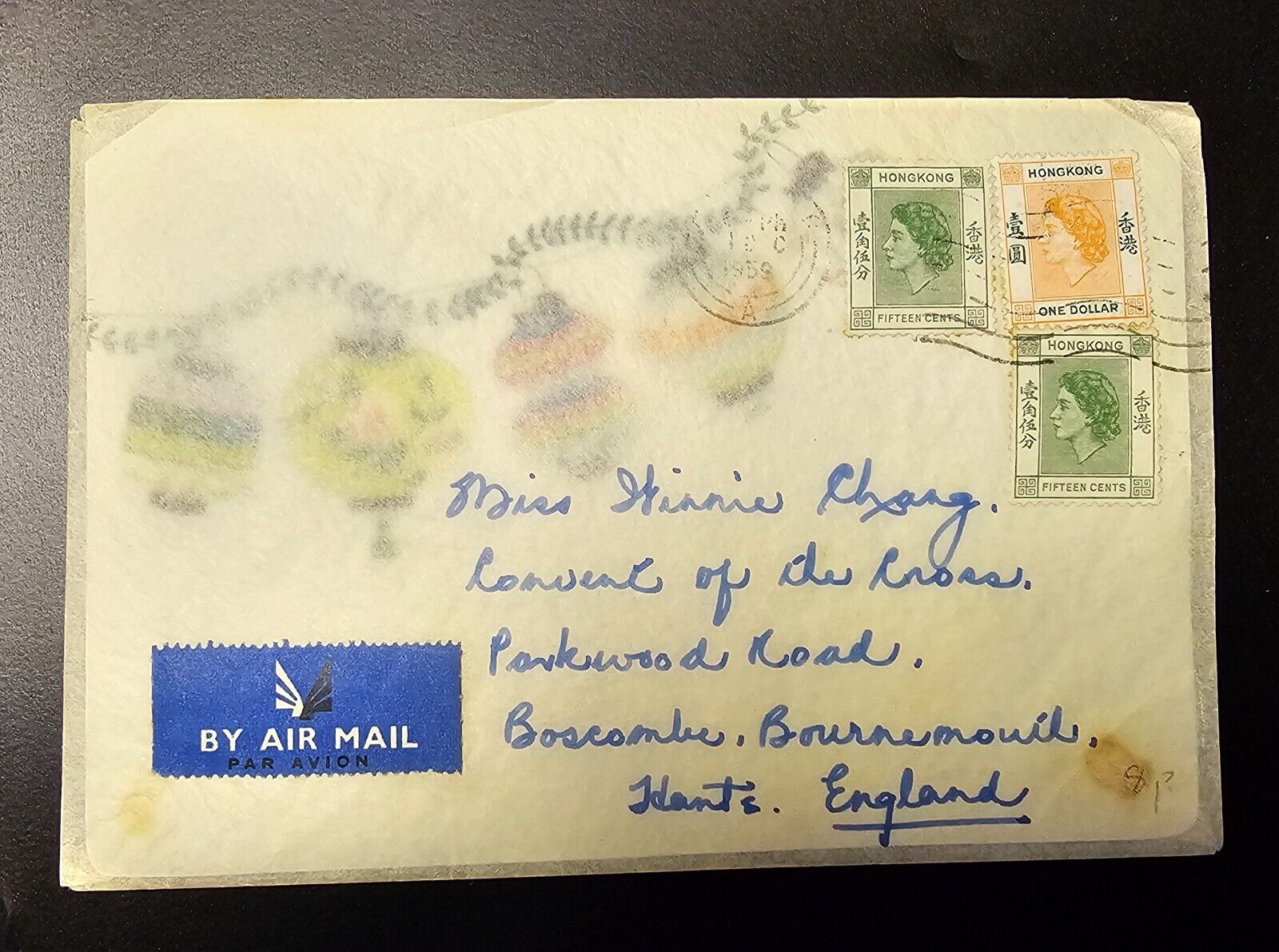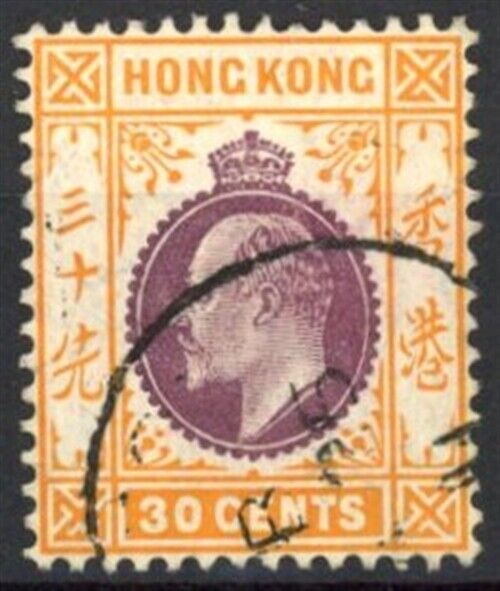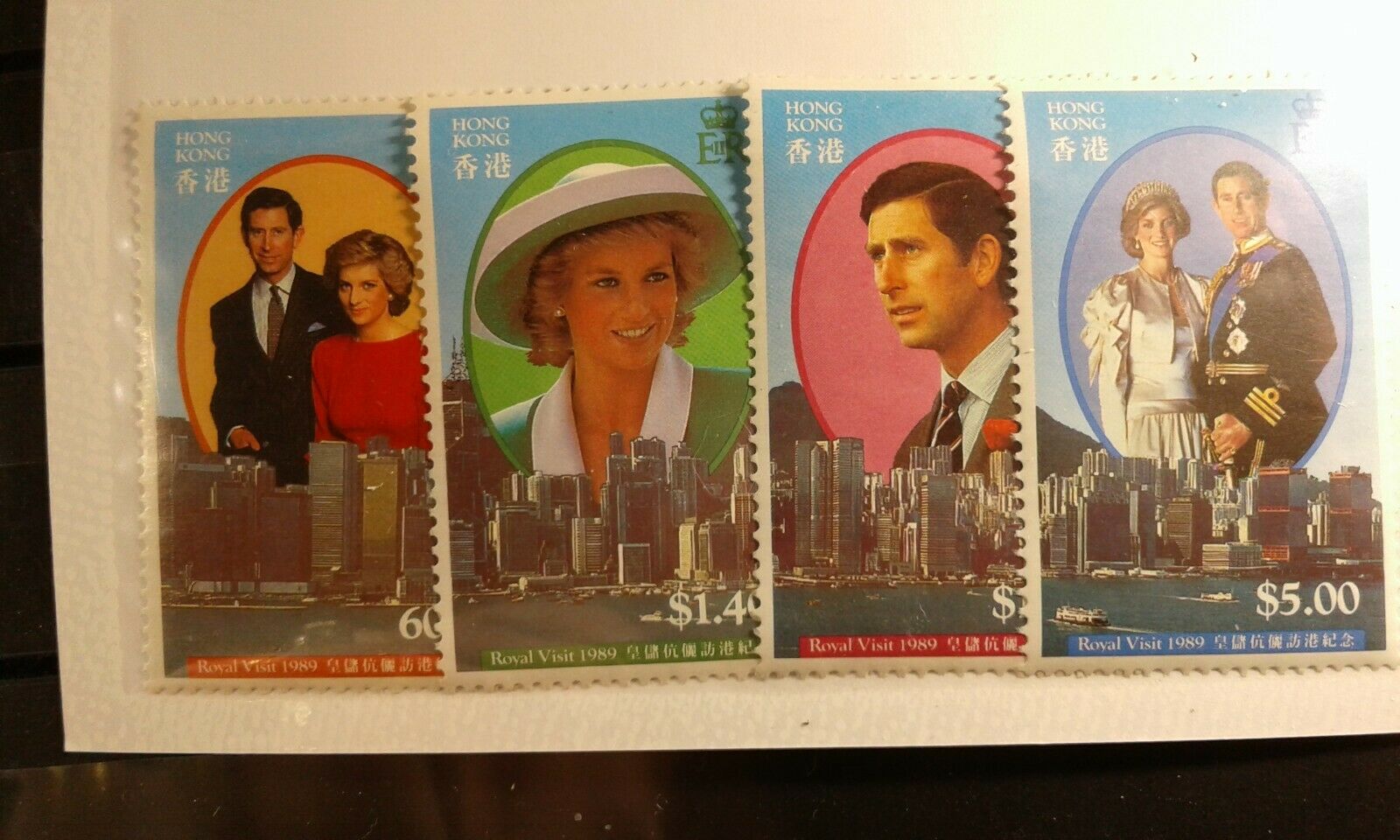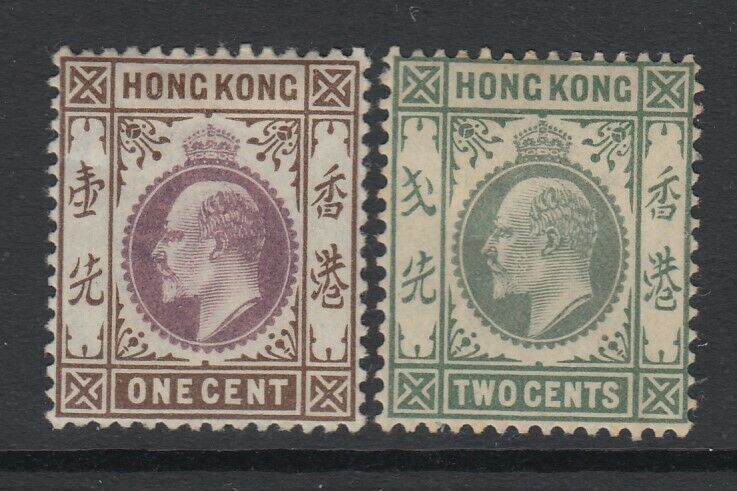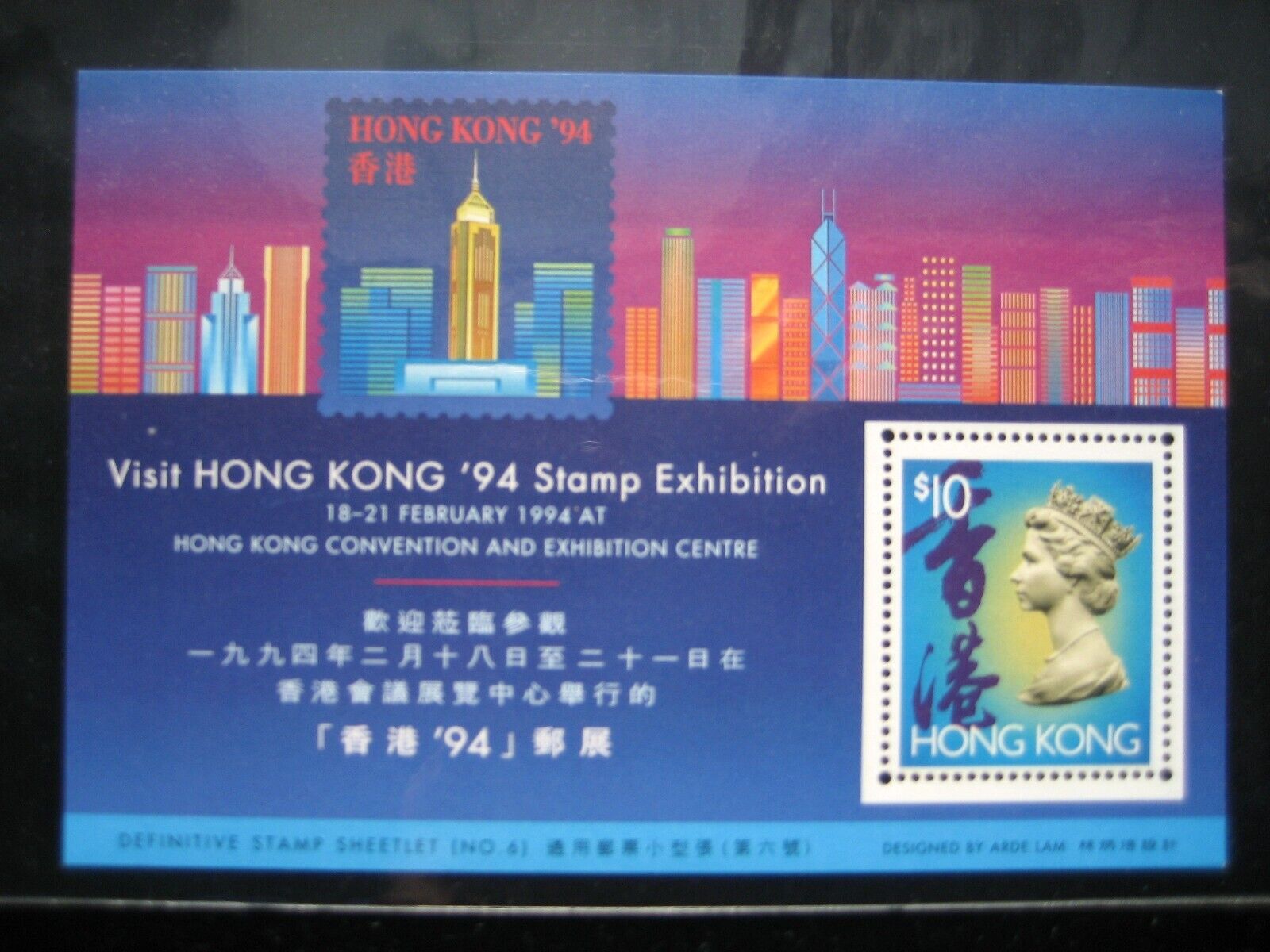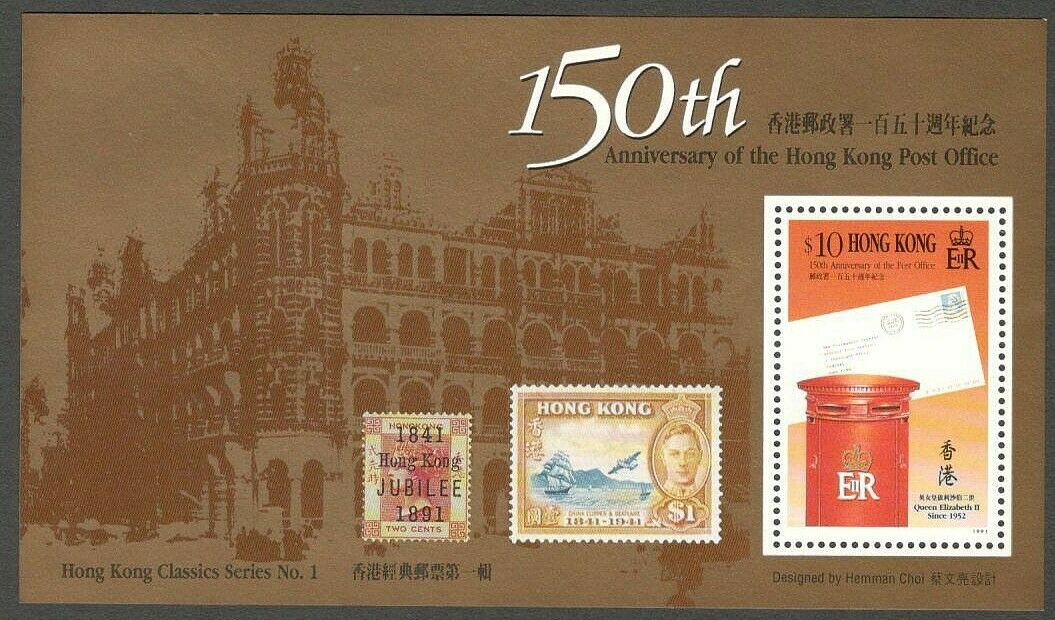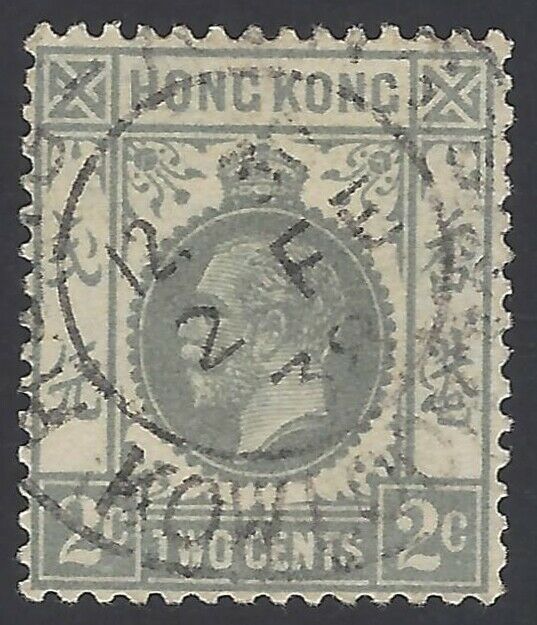-40%
Hong Kong 1959 Cover to Boscombe Bournemouth England with 3 Stamps Two 15c &
$ 8.91
- Description
- Size Guide
Description
HONG KONGCover
1959
Cover to Boscombe Bournemouth England with 3 Stamps
QEII with 3 Stamps and Two 15 Cents
HONG KONG Lot #149
HongKong
Hong Kong, officially the Hong Kong Special AdministrativeRegion of the People's Republic of China (HKSAR), is a metropolitan areaand
specialadministrative region
of the
People'sRepublic of China
on the eastern
Pearl River Delta
of the
South China Sea
. With over 7.5 million residentsof various nationalities
[d]
in a 1,104-square-kilometre(426 sq mi) territory, Hong Kong is one of the
most densely populated places
in the world.
Hong Kong became a
colony of the British Empire
after the
Qing Empire
ceded
Hong Kong Island
at the end of the
First Opium War
in 1842.
[16]
The colony expanded to the
Kowloon Peninsula
in 1860 after the
Second Opium War
and was further extended whenBritain obtained a
99-year lease
ofthe
New Territories
in1898.
[17]
[18]
The whole territory was
transferred to China
in1997.
[19]
As a special administrative region,Hong Kong maintains separate governing and economic systems from that of
mainland China
under the principle of "
one country, two systems
".
[20]
[e]
Originally a sparsely populated area of farming and fishingvillages,
[16]
the territory has become one of theworld's most significant financial centres and commercial ports.
[21]
It is the world's tenth-largestexporter and ninth-largest importer.
[22]
[23]
Hong Kong has a major capitalistservice economy characterised by low taxation and free trade, and its currency,the
Hong Kong dollar
,is the eighth most traded currency in the world.
[24]
Hong Kong is home to the
second-highestnumber of billionaires
of any city in the world,
[25]
the highest number of billionaires ofany city in Asia, and the largest concentration of
ultrahigh-net-worth individuals
of any city in the world.
[26]
[27]
Although the city has one of thehighest
percapita incomes
per se,
[f]
severe
incomeinequality
exists, as well as a growing housing affordabilityand shortage crisis among the population.
[28]
[29]
Hong Kong is a
highly developed territory
and ranks fourth onthe
UN HumanDevelopment Index
.
[30]
The city has
thelargest number of skyscrapers
of any city in the world,
[31]
and its residents have some ofthe
highestlife expectancies
in the world.
[30]
The dense space led to a developedtransportation network with public transport rates exceeding 90 percent.
Etymology
The name of the territory, first romanised as"He-Ong-Kong" in 1780,
[35]
originally referred to a small inletlocated between
Aberdeen Island
andthe southern coast of Hong Kong Island.
Aberdeen
wasan initial point of contact between British sailors and local fishermen.
[36]
Although the source of the romanisedname is unknown, it is generally believed to be an early phonetic rendering ofthe
Cantonese
pronunciation
hēung góng
.The name translates as "fragrant harbour" or "incenseharbour".
[33]
[34]
[37]
"Fragrant" may refer to thesweet taste of the harbour's freshwater influx from the
Pearl River
orto the odour from incense factories lining the coast of northern
Kowloon
. The incense was stored near Aberdeen Harbourfor export before Victoria Harbour developed.
[37]
Sir John Davis
(thesecond colonial governor) offered an alternative origin; Davis said that thename derived from "Hoong-keang" ("red torrent"), reflectingthe colour of soil over which a waterfall on the island flowed.
[38]
The simplified name
Hong Kong
was frequentlyused by 1810.
[39]
The name was also commonly written asthe single word
Hongkong
until 1926, when the governmentofficially adopted the two-word name.
[40]
Some corporations founded during theearly colonial era still keep this name, including
Hongkong Land
,
Hongkong Electric Company
,
Hongkong and ShanghaiHotels
and
theHongkong and Shanghai Banking Corporation
(HSBC).
History
Earliest known human traces in Hong Kong are dated by some to35,000 and 39,000 years ago during the
Paleolithic
period. The claim is based on anarchaeological investigation in
Wong Tei Tung
,
Sai Kung
in2003. The archaeological works revealed
knapped
stone tools
from deposits with an optical
luminescence dating
between35,000 and 39,000 years ago.
[43]
During the
Middle Neolithic
period, about 6,000 years ago,the region had been widely occupied by humans.
[44]
Neolithic to Bronze Age Hong Kongsettlers were semi-coastal people. Early inhabitants are believed to be
Austronesians
in the
Middle Neolithic
period and later the
Yueh
people.
[44]
As hinted by the archaeological worksin
Sha Ha
, SaiKung, rice cultivation had been introduced since
Late Neolithic
period.
[45]
Bronze Age Hong Kong was featuredwith
coarsepottery
,
hardpottery
, quartz and stone jewelry, as well as small bronzeimplements.
[44]
The
Qin dynasty
incorporatedthe Hong Kong area into China for the first time in 214 BCE, after
conqueringthe indigenous Baiyue
.
[46]
The region was consolidated underthe
Nanyue
kingdom (a predecessor state of Vietnam)after the Qin collapse
[47]
and recaptured by China after the
Han conquest
.
[48]
During the
Mongolconquest of China
in the 13th century, the
Southern Song
court was briefly located inmodern-day
Kowloon City
(the
Sung Wong Toi
site) before its final defeat inthe 1279
Battle of Yamen
.
[49]
By the end of the
Yuan dynasty
, seven large families had settled in theregion and owned most of the land. Settlers from nearby provinces migrated toKowloon throughout the
Ming dynasty
.
[50]
The earliest European visitor was
Portuguese
explorer
Jorge Álvares
, who arrived in 1513.
[51]
[52]
Portuguese merchants established atrading post called
Tamão
in Hong Kong waters andbegan regular trade with southern China. Although the traders were expelledafter
military clashes
inthe 1520s,
[53]
Portuguese-Chinese trade relationswere
re-establishedby 1549
. Portugal acquired a permanent lease for
Macau
in1557.
[54]
After the
Qing conquest
,maritime trade was banned under the
Haijin
policies. The
Kangxi Emperor
lifted the prohibition, allowingforeigners to enter Chinese ports in 1684.
[55]
Qing authorities establishedthe
Canton System
in1757 to regulate trade more strictly, restricting non-Russian ships to the portof
Canton
.
[56]
Although European demand for Chinesecommodities like tea, silk, and porcelain was high, Chinese interest inEuropean manufactured goods was insignificant, so that Chinese goods could onlybe bought with precious metals. To reduce the trade imbalance, the British soldlarge amounts of Indian
opium
to China. Faced with a drugcrisis, Qing officials pursued ever more aggressive actions to halt the opiumtrade.
[57]
In 1839, the
Daoguang Emperor
rejected proposals to legaliseand tax opium and ordered imperial commissioner
Lin Zexu
to eradicate the opium trade. Thecommissioner destroyed opium stockpiles and halted all foreign trade,
[58]
triggering a British militaryresponse and the First Opium War. The Qing surrendered early in the war andceded Hong Kong Island in the
Convention of Chuenpi
.However, both countries were dissatisfied and did not ratify the agreement.
[59]
After more than a year of furtherhostilities, Hong Kong Island was formally ceded to the
UnitedKingdom
in the 1842
Treaty of Nanking
.
[60]
Administrative infrastructure was quickly built by early 1842,but piracy, disease, and hostile Qing policies initially prevented thegovernment from attracting commerce. Conditions on the island improved duringthe
Taiping Rebellion
inthe 1850s, when many Chinese refugees, including wealthy merchants, fledmainland turbulence and settled in the colony.
[16]
Further tensions between the Britishand Qing over the opium trade escalated into the Second Opium War. The Qingwere again defeated and forced to give up
Kowloon Peninsula
and
Stonecutters Island
inthe
Convention of Peking
.
[17]
By the end of this war, Hong Kong hadevolved from a transient colonial outpost into a major
entrepôt
. Rapid economic improvement during the 1850sattracted foreign investment, as potential stakeholders became more confidentin Hong Kong's future.
[61]
The colony was further expanded in 1898 when Britain obtained a99-year lease of the New Territories.
[18]
The
University of Hong Kong
wasestablished in 1911 as the territory's first institution of higher education.
[62]
Kai Tak Airport
began operation in 1924, and thecolony avoided a prolonged economic downturn after the 1925–26
Canton–Hong Kong strike
.
[63]
[64]
At the start of the
Second Sino-Japanese War
in1937, Governor
Geoffry Northcote
declaredHong Kong a neutral zone to safeguard its status as a free port.
[65]
The colonial government prepared fora possible attack, evacuating all British women and children in 1940.
[66]
The
Imperial Japanese Army
attacked Hong Kong on 8December 1941
, the same morning as its
attack on Pearl Harbor
.
[67]
Hong Kong was
occupiedby Japan
for almost four years before Britain resumed controlon 30 August 1945.
[68]
Its population rebounded quickly after the war, as skilledChinese migrants fled from the
Chinese Civil War
, and more refugees crossed the borderwhen the
Communist Party
tookcontrol of mainland China in 1949.
[69]
Hong Kong became the first ofthe
Four Asian Tiger
economiesto industrialise during the 1950s.
[70]
With a rapidly increasing population,the colonial government began reforms to improve infrastructure and publicservices. The
public-housing estateprogramme
,
Independent Commission Against Corruption
, and
MassTransit Railway
were all established during the post-wardecades to provide safer housing, integrity in the civil service, andmore-reliable transportation.
[71]
[72]
Although the territory'scompetitiveness in manufacturing gradually declined because of rising labourand property costs, it transitioned to a service-based economy. By the early1990s, Hong Kong had established itself as a global financial centre and shippinghub.
[73]
The colony faced an uncertain futureas the end of the New Territories lease approached, and
GovernorMurray MacLehose
raised the question of Hong Kong's statuswith
Deng Xiaoping
in1979.
[74]
Diplomatic negotiations with Chinaresulted in the 1984
Sino-BritishJoint Declaration
, in which the United Kingdom agreed to transferthe colony in 1997 and China would guarantee Hong Kong's economic and politicalsystems for 50 years after the transfer.
[75]
The impending transfer triggereda
wave ofmass emigration
as residents feared an erosion of civil rights,the rule of law, and quality of life.
[76]
Over half a million people left theterritory during the peak migration period, from 1987 to 1996.
[77]
The Legislative Council becamea
fullyelected legislature
for the first time in 1995 and extensivelyexpanded its functions and organisations throughout the last years of thecolonial rule.
[78]
Hong Kong was transferred to China on1 July 1997, after 156 years of British rule.
[19]
Immediately after the transfer, Hong Kong was severely affectedby several crises. The government was forced to use substantial
foreign exchange reserves
tomaintain the Hong Kong dollar's currency peg during the
1997 Asian financial crisis
,
[69]
and the recovery from this was mutedby an
H5N1avian-flu
outbreak
[79]
and a housing surplus.
[80]
This was followed by the
2003 SARS epidemic
,during which the territory experienced its most serious economic downturn.
[81]
Political debates after the transfer of sovereignty have centredaround the region's
democraticdevelopment
and the
centralgovernment
's adherence to the "one country, two systems"principle. After reversal of the last colonial era Legislative Council
democraticreforms
following the handover,
[82]
the regional governmentunsuccessfully attempted to enact
national security legislation
pursuant to
Article23 of the Basic Law
.
[83]
The central government decision toimplement
nomineepre-screening
before allowing
ChiefExecutive elections
triggered a series of
protests in 2014
whichbecame known as the Umbrella Revolution.
[84]
Discrepancies in the electoralregistry and disqualification of elected legislators after the
2016Legislative Council elections
[85]
[86]
[87]
and enforcement of national law inthe
WestKowloon high-speed railway station
raised further concernsabout the region's autonomy.
[88]
In June 2019,
mass protests erupted
inresponse to a
proposedextradition amendment bill
permitting extradition of fugitivesto mainland China. The protests are the largest in Hong Kong history,
[89]
with organisers claiming to haveattracted more than one million Hong Kong residents.
!!! Combined shipping !!!
How to get Combined shipping.
I do offer combinedshipping for multiple purchases. To get discounted shipping for thebundle, you need to use
"shopping cart"
with
''requesttotal from seller''
option.
Please use personal computer. If you have a smartphone or tablet, then theeBay app does not support combined shipping.
Shipping
Shipments are made from Connecticut, United States of America.
Shipped with United States Postal Service (USPS) First Class Mail.
Buyers have been satisfied with my services and responsiveness.
100% Positive Feedback
